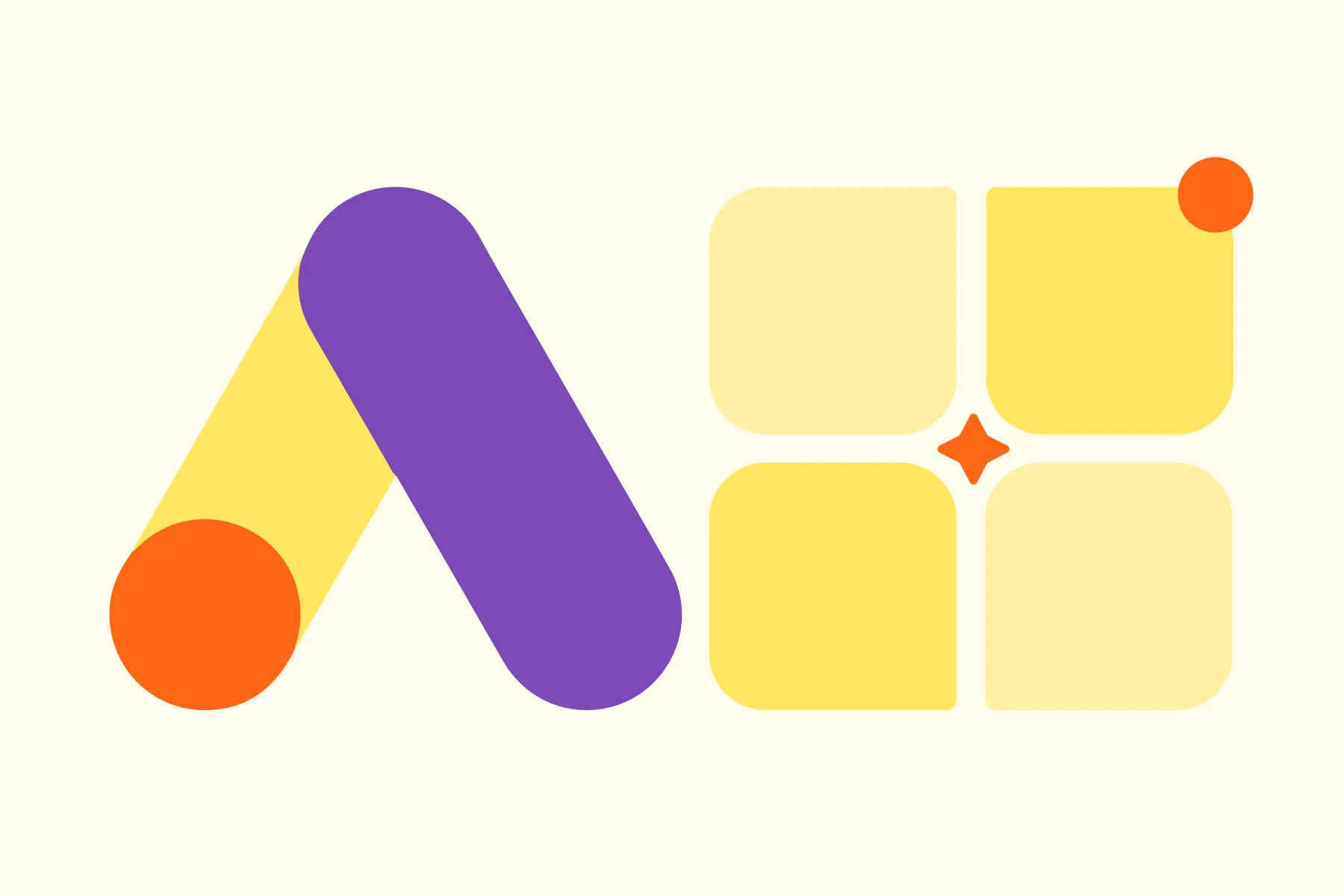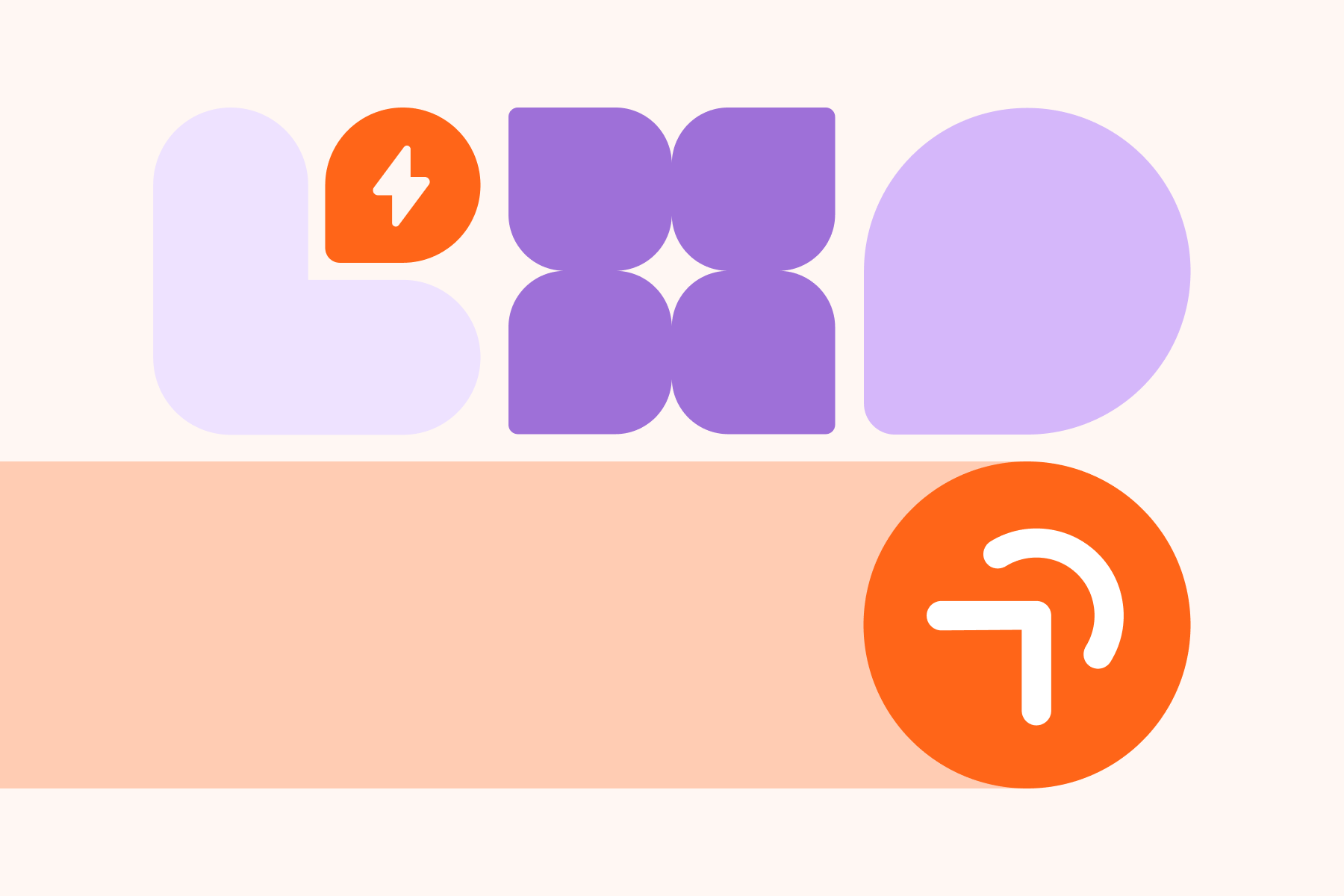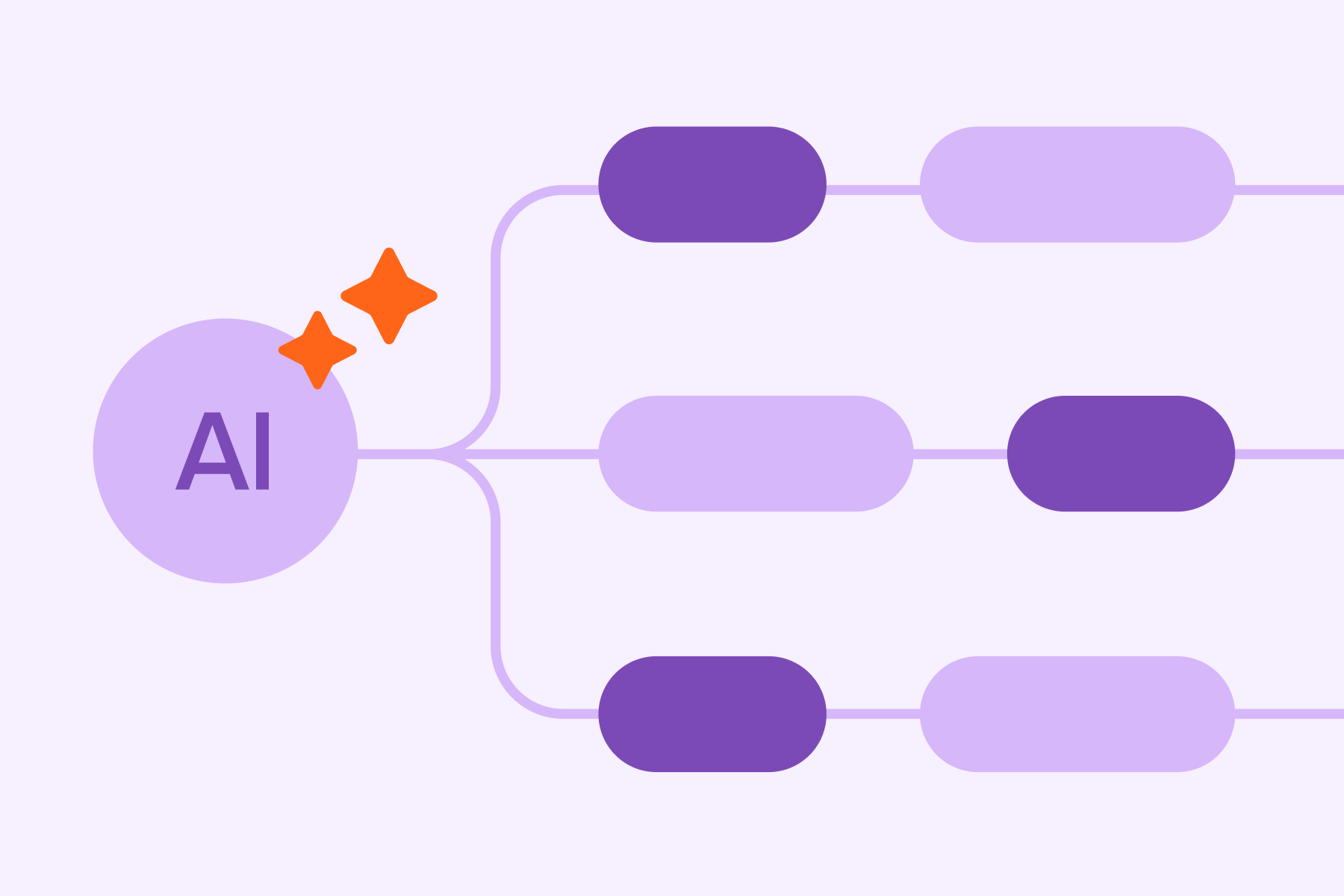Google Ads Performance Max Campaigns for B2B SaaS: Setup, Tips & Pitfalls
Anastasiya Khvin
August 20, 2025

Google Ads Performance Max campaigns have been the marketing world's equivalent of that flashy new gadget everyone's talking about. You know what we mean - promising to revolutionize everything while half the people using it have no clue what they're actually doing.
We've been running Google Ads for SaaS companies for the better part of a decade. We've seen Performance Max campaigns both crush it and completely tank budgets. The difference? Understanding what you're actually dealing with.
Our team at Aimers has managed over $30 million in ad spend for SaaS companies. Google Performance Max campaigns are powerfull, but they're not magic. They're definitely not a replacement for strategic thinking.
What Is Google Performance Max and Why B2B SaaS Companies Should Care
Performance Max is Google's answer to the question nobody asked. "What if we made campaign management even more of a black box?"
It's actually pretty clever though. Google Performance Max is a goal-based campaign type that uses Google AI to automatically optimize your ads across all Google ads inventory. Search, Display, YouTube, Gmail, Maps, and Discover. Think of it as Google saying, "Give us your budget and creative assets, tell us what you want to achieve, and we'll figure out the rest."
For SaaS companies, this matters because our buyers are everywhere. They're researching on Google. Watching competitor comparison videos on YouTube. Traditional search campaigns only catch them in the active research phase.Performance Max can potentially capture them throughout their entire journey.
Now what gets us fired up about how most agencies approach this - they treat Performance Max like it's some magical solution that doesn't require strategy. Complete nonsense. We've seen companies burn through five-figure budgets because they launched Performance Max campaigns without understanding what they were optimizing for.
Performance Max uses Google AI to find conversions, but the real power is in giving that AI the right signals to work with. That requires understanding your funnel and what actually drives revenue in your specific SaaS business.
Setting Up Your First Performance Max Campaign: The Foundation
If you don't have proper conversion tracking set up, stop reading this and go fix that. Performance Max campaigns are only as good as the data you're feeding them.
Google AI needs to understand what a valuable action looks like for your business. For most SaaS companies, that's not "form submitted." It's trial started, demo booked, or better yet, trial converted to paid. Google's own documentation emphasizes the importance of proper conversion setup for Performance Max success.
Choosing the Right Campaign Performance Goals for SaaS Growth
This is where most people screw up. Google offers several goal options for this campaign type - sales, leads, website traffic, and brand awareness. For SaaS companies, the temptation is always to choose "leads" because that feels safe and measurable.
Wrong move.
We learned this the hard way with Originality.AI, where we had to shift our focus from just sign-ups to actual purchases since they didn't offer a free trial. Leads as a goal often gives you volume without quality. Google AI gets really good at finding people who will fill out forms. But terrible at finding people who will actually convert to paying customers.
Instead, create a Performance Max campaign with "sales" as the goal, but define sales as your actual business objective. If you're optimizing for free trial starts, that's your sale.
This goal-based campaign approach works best with Google's value-based bidding. Don't tell Google that a trial signup is worth $1. Tell it that a trial signup from an enterprise prospect is worth $500, while a trial signup from a freelancer is worth $50. WordStream's guide on value-based bidding explains this concept in detail.
Asset Requirements: Beyond Basic Creative Assets
Performance Max campaigns require extensive creative assets. Headlines, descriptions, images, videos, logos - the works. Google will mix and match these automatically to create ad combinations across different ad placements.
Most SaaS companies phone it in here. They upload a few generic headlines and wonder why their Performance Max ads look like every other B2B tool out there.
Create assets that speak to different stages of awareness:
• Headlines for people who've never heard of you
• Headlines for people comparing solutions
• Headlines for people ready to convert.
Your image assets should tell a story too. Product screenshots, team photos, customer logos, results graphics - give Google enough variety to test different angles.
Performance Max vs Traditional Search Campaign: When to Use Each
This is the million-dollar question, isn't it?
Google Ads Performance Max is not a replacement for search campaigns. Anyone telling you to "run Performance Max only" doesn't understand B2B SaaS marketing.
Why Search Campaigns Still Matter for B2B Intent
Search campaigns are your bread and butter for capturing high-intent prospects. When someone searches for "project management software comparison," you want to be there with targeted search ads that speak directly to their need.
Google Performance Max can't give you that level of control. You can't specify which search queries trigger your ads. You can't write ad copy specifically for bottom-funnel keywords.
We've run the numbers across dozens of SaaS accounts. Search campaigns consistently deliver higher conversion rates for bottom-funnel search terms. The trade-off is volume - search campaigns only reach people actively searching. Search Engine Land's research backs up this finding across multiple industries.
.webp)
The Hybrid Approach: How to Use Performance Max Campaigns Alongside Search Ads
Use search campaigns to dominate high-intent keywords, and use Performance Max to expand your reach to prospects you wouldn't otherwise capture.
Think of Performance Max as your top-of-funnel awareness play. It's great for reaching people who might benefit from your solution but aren't actively searching for it yet.
Structure your campaigns so they complement each other rather than compete. Exclude your high-performing search terms from Performance Max campaigns.Use different landing pages. Set up separate conversion tracking.
We typically recommend starting with a 70/30 split: 70% of your budget in search campaigns targeting your highest-intent keywords, 30% in Performance Max for expansion and discovery.
The SaaS-Specific Setup Strategy
Let us get into the nitty-gritty of setting up Google Performance Max for SaaS companies.
Audience Signals That Actually Work for B2B
Google asks you to provide audience signals to help guide its AI. Most people upload their customer email list and call it a day.
Think about the different personas who buy your product. Upload separate audience lists for each - enterprise customers, small business customers, specific industries, specific job titles. The more granular you can be, the better.
Advanced move: upload lists of people who downloaded your content but didn't convert. These prospects are perfect for Performance Max campaigns because they're in the consideration phase where automated placements can nurture them.
Don't sleep on in-market audiences either. Google has specific categories like "Business Software" that can help guide the AI toward relevant prospects.
Creative Asset Optimization for Complex Products
SaaS products are complex. Unlike e-commerce where you can show a product photo, SaaS requires explanation, demonstration, and social proof.
Create assets that work at different levels of product awareness. Problem-focused assets for people who don't know solutions exist. Solution-focused assets for people comparing options. Product-focused assets for people ready to convert.
Video assets are crucial. We've seen Performance Max campaigns perform 40-50% better when they include demo videos or customer testimonials. With Aimers’ client, we consistently updated Performance Max asset creative throughout the year to emphasize their unique AI detection features.
.webp)
Google AI loves video content, and SaaS prospects want to see your product in action.
Google Performance Max Campaign Optimization: Advanced Tactics
Once your Performance Max campaign is live and collecting data, the real work begins.
Reading Between the Lines of Limited Performance Max Asset Reporting
Google doesn't give you much visibility into Performance Max campaign performance. You can't see search terms. You can't see which placements are driving conversions.
Frustrating? You bet.
There are ways to extract insights though. Use the Performance Max asset reporting to understand which headlines and images are getting the most impressions. Look at the combination reports to see which headlines and descriptions are being used together most frequently.
Trick we use: create multiple Performance Max campaigns with slight variations in audience signals or creative assets, then compare campaign performance. It's like A/B testing at the campaign level.
Budget Allocation and Bid Strategy for Longer Sales Cycles
SaaS sales cycles are long. B2B prospects don't see your ad and immediately pull out their credit card. This creates challenges for Performance Max optimization. Google AI wants to see conversions within a few days to understand what's working. But your actual conversions might happen weeks later.
Set up micro-conversions that happen earlier in the funnel. Track demo bookings, trial starts, and notable in-app actions as conversions with different values. This gives Google AI faster feedback while still optimizing toward your business goals.
For budget allocation, start conservative. Performance Max campaigns can quickly burn through ad spend if the AI finds a placement that drives cheap conversions (even if they're low quality).
Common Performance Max Pitfalls That Kill B2B SaaS ROI
The mistakes that keep us up at night.
The Brand Search Cannibalization Problem
This is the big one. Performance Max campaigns will often start bidding on your brand searches, competing with your existing brand campaigns.
Why is this a problem? Because brand searches convert at much higher rates and lower costs when handled by dedicated brand campaigns. When Performance Max starts bidding on your brand terms, it drives up costs and drives down conversion rates.
The solution: religiously exclude your brand terms from Performance Max campaigns. Create negative keyword lists with every variation of your company name, product names, and branded terms. Google doesn't always respect these exclusions in Performance Max campaigns though.
You need to monitor this constantly and push back with your Google rep when you see brand cannibalization happening.
When Performance Max Works Against Your Funnel Strategy
Performance Max is designed to find conversions wherever they exist. But sometimes, that conflicts with your funnel strategy.
We had a client running a carefully orchestrated funnel. Prospects would see their ads, visit a content landing page, download a guide, get nurtured through email, then convert to a trial. Their cost per acquisition was predictable and profitable.
Then they launched Performance Max campaigns, which immediately started optimizing toward direct trial signups, bypassing the nurture sequence entirely. The cost per trial went down, but the trial-to-paid conversion rate plummeted because these prospects weren't properly educated about the product.
Think about how Performance Max fits into your existing funnel strategy. Sometimes the most efficient path to a conversion isn't the most profitable path to a customer.
Measuring Success Beyond Standard Campaign Performance Metrics
Traditional Google Ads campaign metrics don't tell the whole story for SaaS companies. Cost per click, conversion rate, and cost per conversion are fine. But they don't capture the unique dynamics of subscription businesses.
Attribution Challenges in Multi-Touch B2B Journeys
B2B prospects don't convert in a straight line. They might see your Performance Max ad on YouTube, then search for your brand later, then visit your website directly before finally signing up for a trial.
Google's attribution models try to account for this, but they're imperfect. The Performance Max campaign gets credit for the initial touchpoint, but the search campaign gets credit for the final click.
This is why we track SaaS-specific metrics like Customer Acquisition Cost (CAC), Lifetime Value (LTV), and payback period at the campaign level. We integrate Google Ads data with our clients' CRM systems to understand which campaigns are driving customers who actually stick around and expand their usage. HubSpot's guide to SaaS metrics provides a comprehensive breakdown of these calculations.
For one client, we discovered that Performance Max campaigns had a higher upfront cost per trial, but the customers acquired through those campaigns had 30% higher lifetime value. Traditional metrics would have told us to pause Performance Max. The full picture told us to scale it.
.webp)
One of our core insights from managing campaigns across dozens of SaaS clients is that marketing rarely fails because of low traffic. The real leak is often deeper in the funnel - in the landing page experience, the nurture sequence, or the product onboarding.
Advanced Performance Max Strategies for Scaling SaaS Growth
Once you've mastered the basics, there are advanced tactics that can really move the needle for SaaS companies.
Consider running separate Performance Max campaigns for different customer segments. We've had success running one campaign optimized for small business signups and another optimized for enterprise demos. The creative assets, landing pages, and optimization goals are completely different.
Geographic expansion is another powerful use case. We used this approach with Originality.AI to expand from their core English-speaking markets (US, UK, Australia, Canada) into European regions like France, Germany, Netherlands, and Spain, gradually scaling based on conversion rate data from Google Analytics 4.
Seasonal campaigns work well too. If your SaaS has busy seasons, you can create Performance Max campaigns specifically designed to capture that seasonal demand.
The cornerstone of all these advanced strategies is data. You need enough conversion volume to give Google AI meaningful signal, and you need enough time to let the campaigns optimize. Don't expect miracles in the first week.
Final Thought
Performance Max isn't going to solve all your SaaS marketing challenges. It's a tool, and like any tool, it's only as good as the strategy behind it.
But when used correctly (with proper setup, realistic expectations, and continuous optimization) it can be a powerful addition to your paid acquisition strategy. What matters is understanding that it's not about letting Google AI do all the thinking for you.
We've seen Performance Max campaigns help SaaS companies reduce their customer acquisition costs, expand into new markets, and scale their growth in ways that traditional search campaigns couldn't match. But we've also seen companies waste significant budgets by treating it as a "set it and forget it" solution.
Treat Performance Max as a powerful amplifier for good strategy, not a replacement for strategic thinking. Set it up properly, monitor it closely, and optimize based on real business metrics, not what looks good in the Google Ads interface.
The goal isn't to run successful ad campaigns. The goal is to grow a successful business. That requires thinking beyond the campaign and focusing on the customer.
Even the best ad campaign can't save a broken landing page or bad analytics setup. If you're wondering where your ad budget might be silently leaking, sometimes a fresh perspective can spot what you've been missing.
Want to see where the real opportunities are hiding in your Performance Max campaigns? We'd be happy to take a look and show you exactly where your campaigns could be performing better. Book a short strategy call with our team and let's figure out what's actually working (and what isn't) in your current setup.












